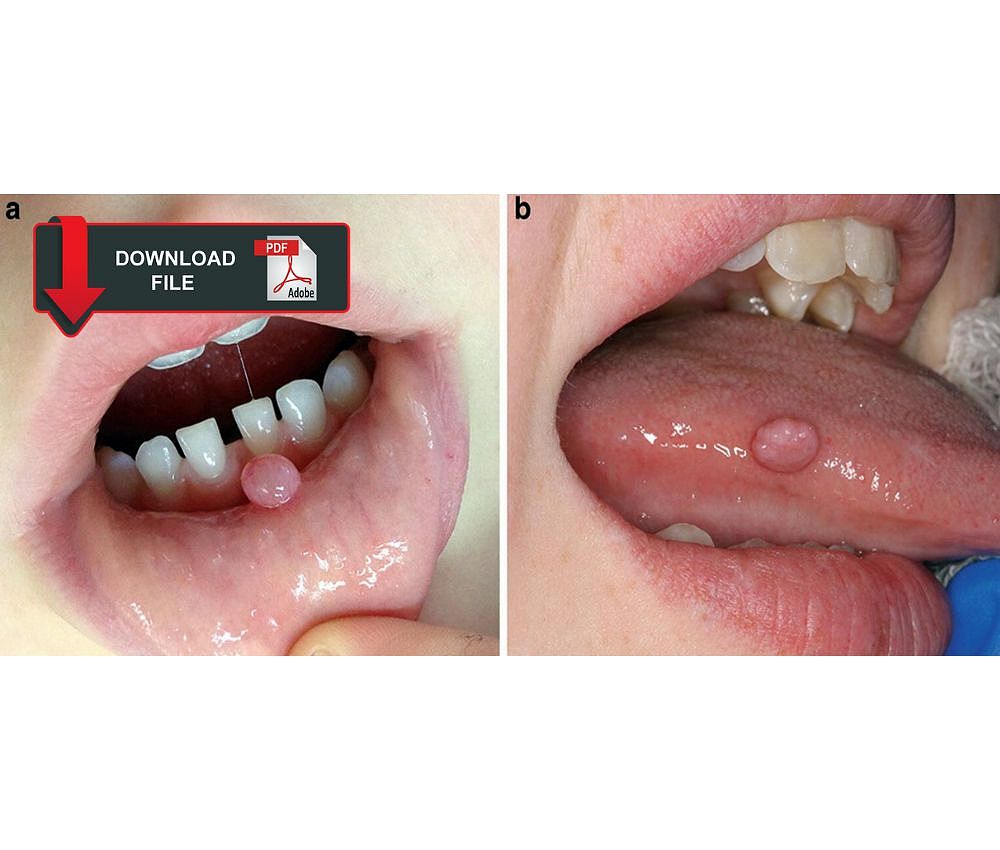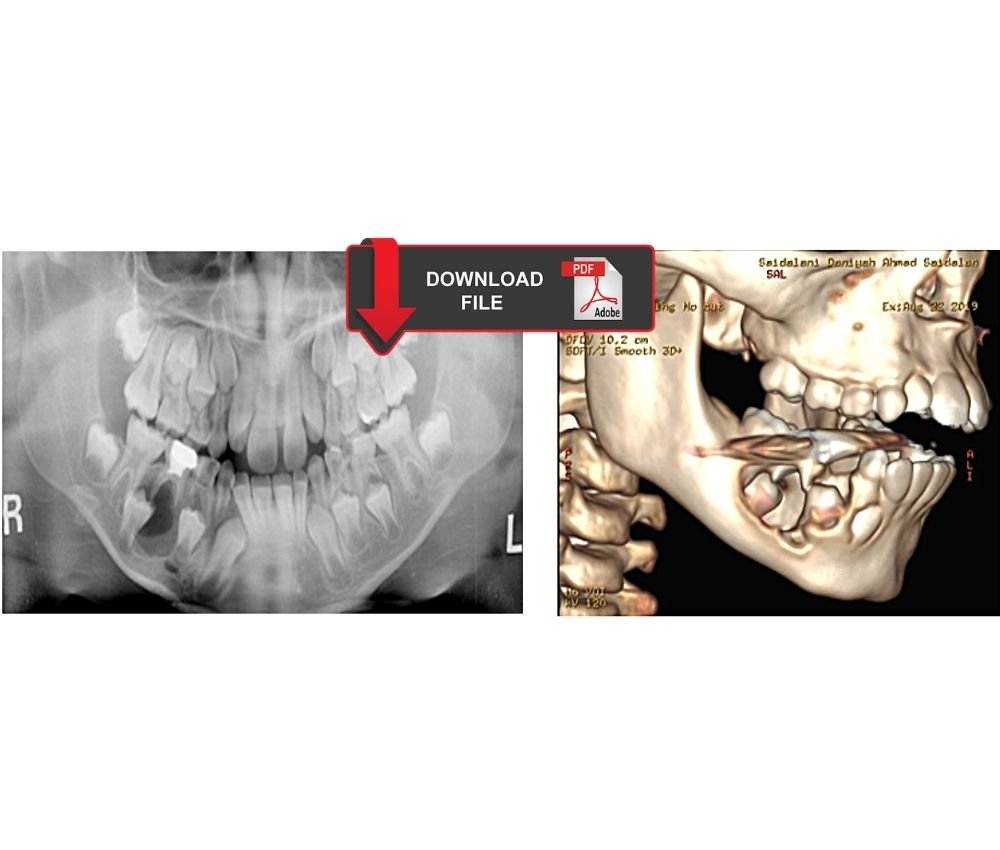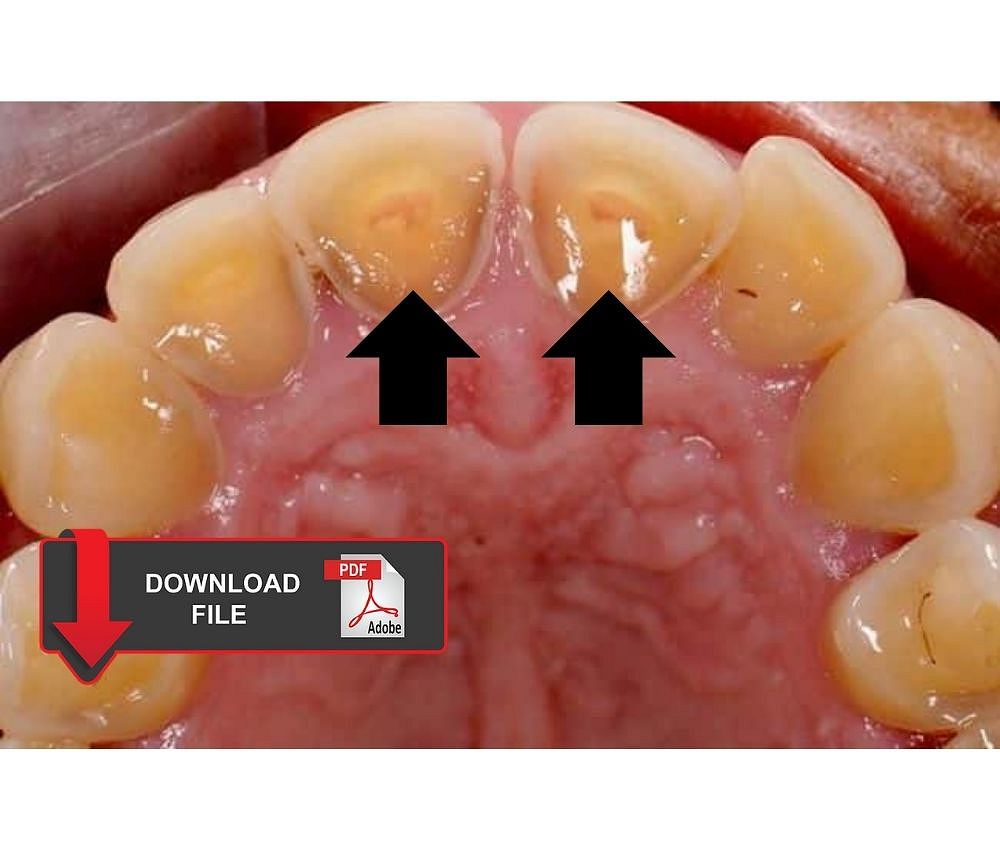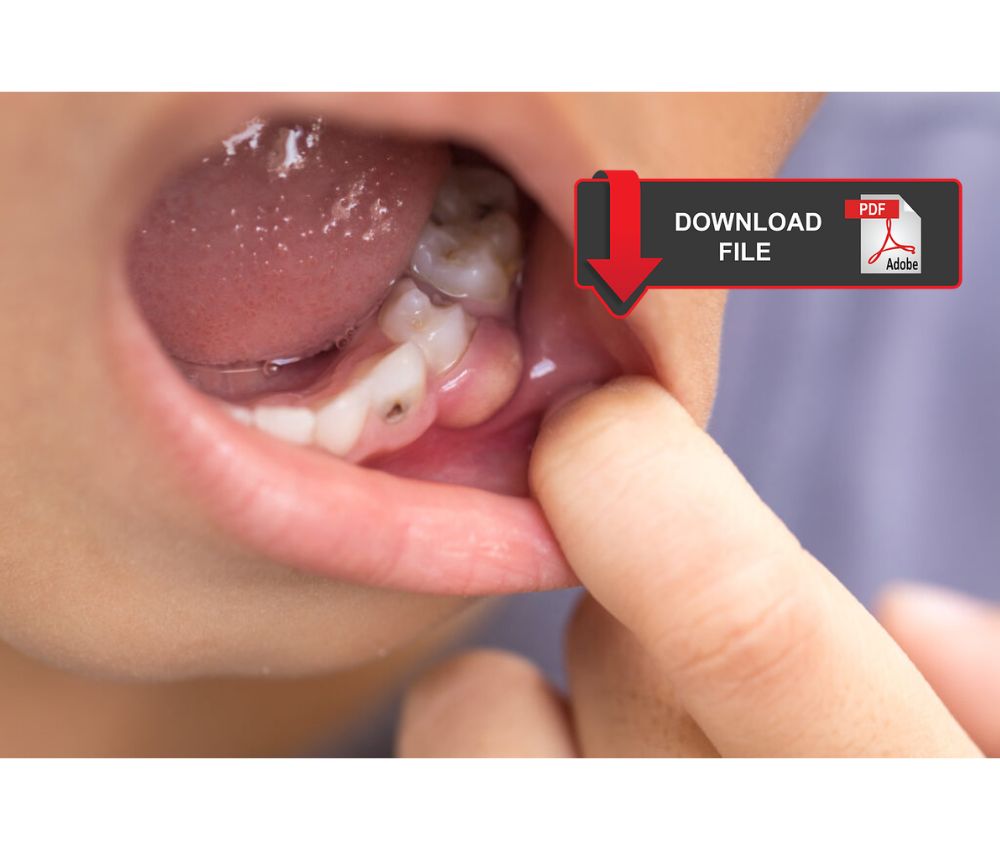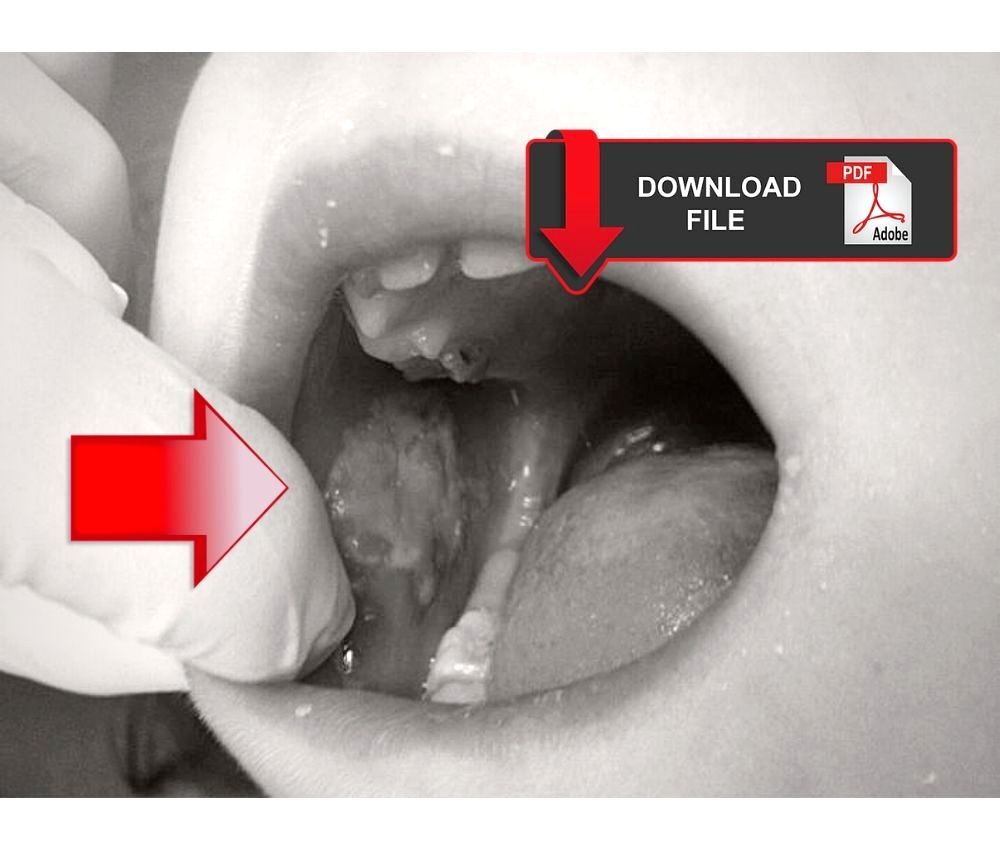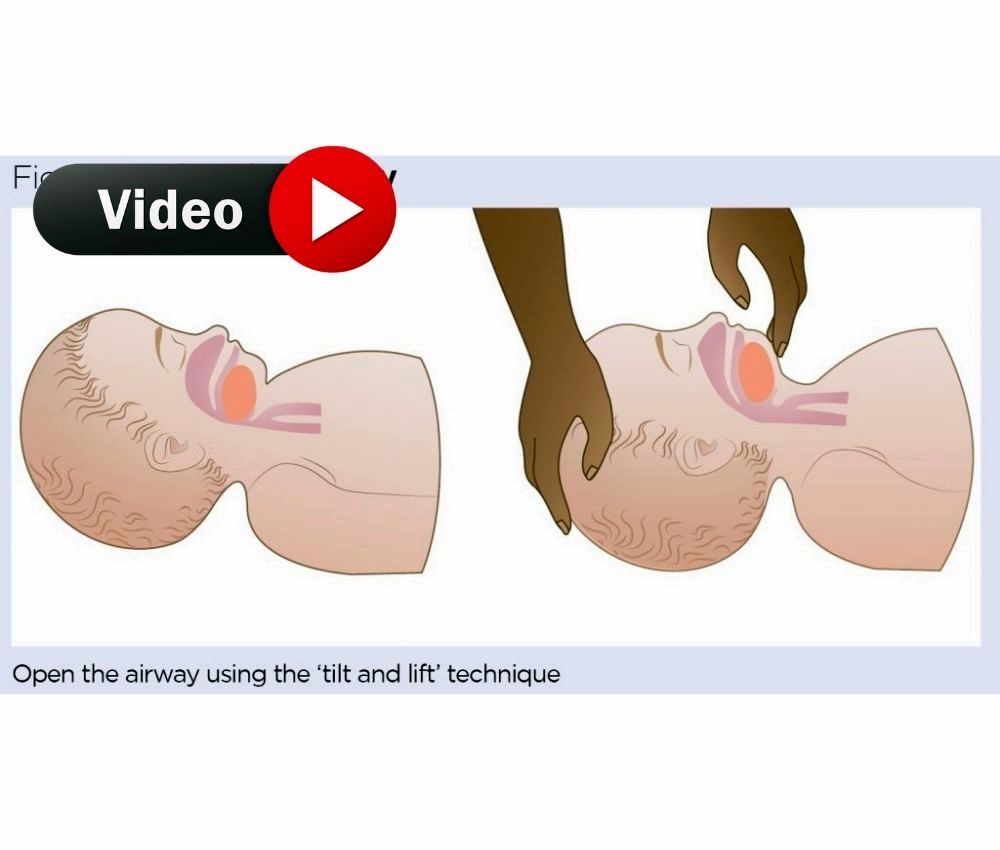Mandibular fractures in children are rare, and deserve special care because they are in full growth and craniofacial development. The appropriate treatment will depend on the age of the child and the affected mandibular area.
The evaluation and treatment must be immediate to avoid functional disorders, serious consequences in the craniofacial development and in the aesthetics of the patient. The treatment of mandibular fractures can be conservative or surgical.
Advertisement
We share the recommendations for the diagnosis, management and treatment of mandibular fractures in pediatric patients, and we report the case of a 3-year-old patient and her surgical treatment.
Renato Maranoa, Patrício de Oliveira Netoa, Keiko Oliveira Sakugawab, Liliane S.S. Zanettic, Márcio de Moraesa. Mandibular fractures in children under 3 years: A rare case report. Rev Port Estomatol Med Dent Cir Maxilofac. 2013;54(3):166–170
Karacor- Altuntas Z, Ismayilzade M (2017) What are the Differences in Pediatric Mandible Fractures? J. Aesthet Reconstr Surg. Vol 3 No.2: 11
You may also like :
► Marsupialization of a large mandibular cyst in a pediatric patient - Clinical Case
► Mandibular tumors in pediatric patients. Report of 04 cases of aggressive tumors
► Reimplantation of avulsed permanent teeth after three days: Clinical case in a pediatric patient


